- Joined
- Feb 25, 2012
- Messages
- 8
I have an old ALBA/Elliot 1A shaper. It works well mechanically, however the table is grossly misaligned.
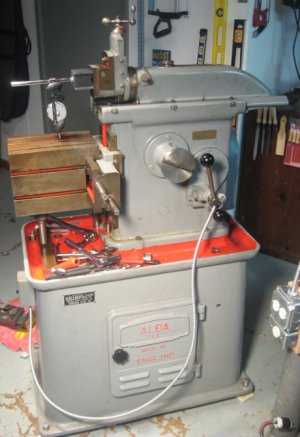
Then I indicate it as shown, over there over ten thousandths taper from the end of the table to the front. There is also left-to-right taper in relation to the ram.
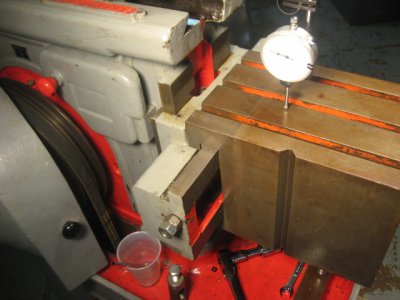
As far as I can tell, there are gib adjusting screws on all the dovetails. Many of them, however, appear to be screwed into their maximum level and can be tightened no further. The wear on the cast iron surfaces appears to be substantial, though not extreme. Does this mean that new gibbs should be made or longer screws used?
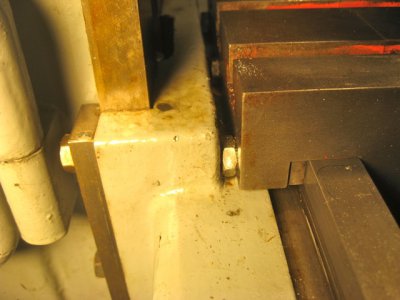
I’ve read of truing the table by using the shaper to shape the table. This seems very risky to me as on this shaper the is not enough clearance between the rear of the table and the casting that makes the head of the shaper. Also, it would leave little material for future re-truing.
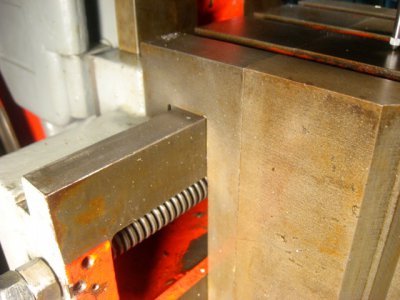
I’ve read of people making plates and welding/fastening them to the table or making vises and truing those with the ram. Most vises are hardened and ground, so I don’t think that would work. Does it makes sense to shim the two parts of the table to that it is closer to true?
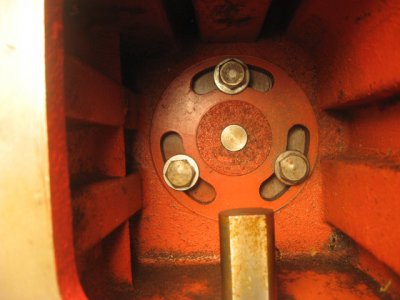
Also posted at Practical machinist Forum.
I would greatly appreciate any ideas on how to get this things to have a table true to the ram so it can be used for flattening. What is reasonable expectation for a shaper? Less than a thousandth over 12 inches, which is the standard I hold my milling machine to, or less than this?






Then I indicate it as shown, over there over ten thousandths taper from the end of the table to the front. There is also left-to-right taper in relation to the ram.

As far as I can tell, there are gib adjusting screws on all the dovetails. Many of them, however, appear to be screwed into their maximum level and can be tightened no further. The wear on the cast iron surfaces appears to be substantial, though not extreme. Does this mean that new gibbs should be made or longer screws used?

I’ve read of truing the table by using the shaper to shape the table. This seems very risky to me as on this shaper the is not enough clearance between the rear of the table and the casting that makes the head of the shaper. Also, it would leave little material for future re-truing.

I’ve read of people making plates and welding/fastening them to the table or making vises and truing those with the ram. Most vises are hardened and ground, so I don’t think that would work. Does it makes sense to shim the two parts of the table to that it is closer to true?

Also posted at Practical machinist Forum.
I would greatly appreciate any ideas on how to get this things to have a table true to the ram so it can be used for flattening. What is reasonable expectation for a shaper? Less than a thousandth over 12 inches, which is the standard I hold my milling machine to, or less than this?





